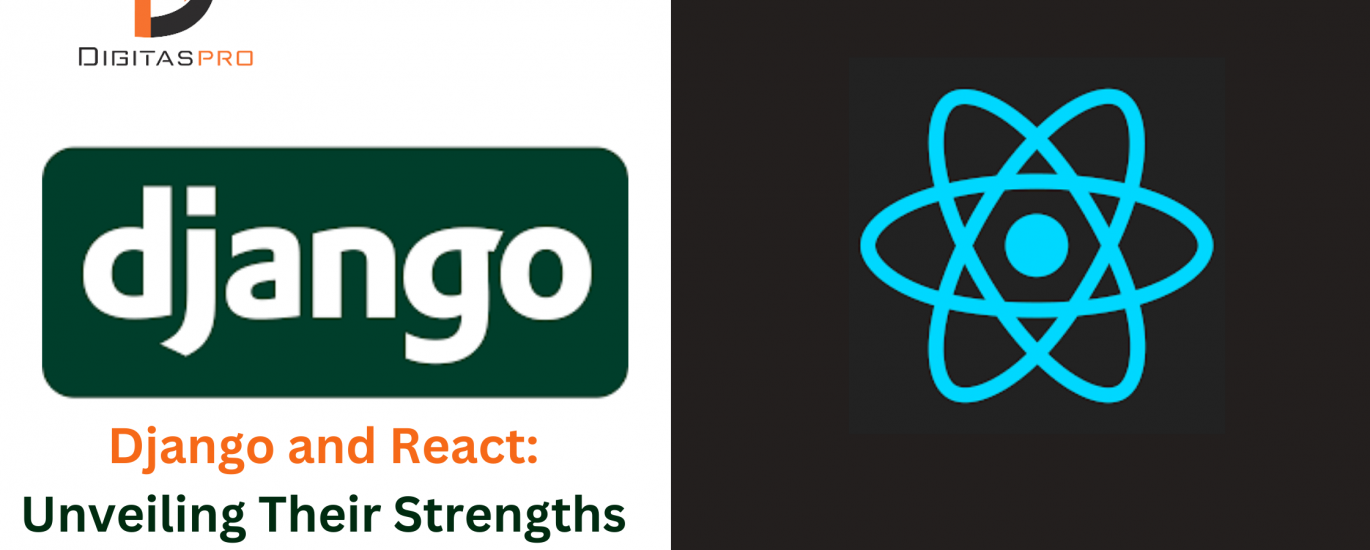


Django, a high-level Python web framework, streamlines web application development. Guided by the DRY (Don’t Repeat Yourself) principle, it emphasizes code reusability, enabling faster development with concise code.
Django integrates an ORM (Object-Relational Mapping) system for database management, a robust admin panel for site administration, and built-in authentication. It also offers URL routing for organized web application URLs.
Django’s versatility extends across various applications, from content management systems to e-commerce platforms. Its scalability and reliability excel in managing large-scale projects.
React, a JavaScript library developed by Facebook, focuses on crafting interactive and responsive UI components. Its forte lies in building single-page applications (SPAs).
React introduces a virtual DOM concept, optimizing performance by reducing direct manipulation of the actual DOM. Its component-based architecture encourages reusable UI elements.
React excels in applications requiring real-time updates and dynamic content. Commonly used in social media platforms and real-time chat applications, it suits highly interactive user interfaces.
Django, a server-side framework, primarily processes on the server, potentially leading to slightly slower initial page loads. React excels in rapidly rendering dynamic content on the client-side, ensuring a smoother user experience.
Django’s modular structure and ORM system support scalability for large projects. React’s reusable components also contribute to scalability by simplifying development.
Real-world performance variations call for tailored benchmarks and tests aligned with specific project requirements to make an informed choice.
Complex e-commerce platforms benefit from Django’s robustness and security features.
Django’s admin panel and content management capabilities suit content-driven websites requiring easy content editing and management.
Django’s rapid development capabilities are ideal for quick prototyping and MVP (Minimum Viable Product) development.
Combining Django’s backend with React’s dynamic UI components results in modern, responsive applications handling complex interactions.
Django crafts robust RESTful APIs, consumed by React to create interactive front-end experiences.
Seamlessly integrate Django as the backend server and React as the frontend library for flexibility and performance.
For beginners with no prior web development experience, Django’s Python-based approach may be more accessible compared to React’s JavaScript-centric approach.
Both Django and React have vibrant communities and extensive documentation. Django’s community may be more welcoming to newcomers due to its emphasis on simplicity and readability.
Newcomers may find starting with Django beneficial for a solid foundation in backend development before expanding into React for frontend development.
Experienced developers favor React for its flexibility and customization options, especially for specific project requirements.
React’s performance advantages shine for complex user interfaces and real-time features. Experienced developers leverage React’s capabilities for powerful applications.
Experienced developers optimize both Django and React for maximum performance, fine-tuning them to meet specific application needs.
Choosing between Django and React depends on project requirements and expertise. Django excels in backend development, especially for content management systems and e-commerce websites, while React is ideal for highly interactive user interfaces. Often, using both together leverages their strengths.
Decide based on project needs, familiarity with technologies, and long-term goals. Both Django and React communities support your web development journey.
Django is often considered easier for beginners due to its Python-based syntax and simplicity.
Yes, Django as backend and React as frontend create a powerful full-stack web application.
Yes, React’s quick updates and rendering make it strong for real-time applications.
E-commerce websites, content management systems, and projects with complex server-side logic benefit from Django.
Yes, performance varies. Conduct benchmarks and tests for informed choices.


